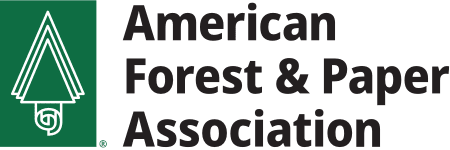While agency development and use of guidance documents can be a mind-numbing subject, it is very important. Guidance – the full spectrum of agency policy statements and interpretive rules, including agency memoranda, circulars, bulletins, frequently- asked questions and so forth – is a vast but…
